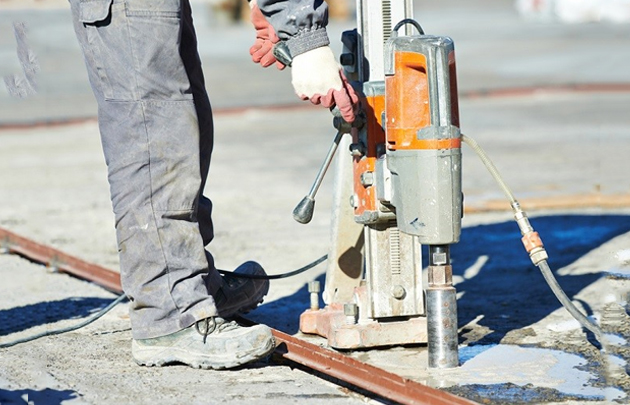Attaching new formwork Concretes to old hardened concrete is a necessary and required process in many construction works. Forming a good bond between new and existing old concrete is essential when you plan to resume pouring concrete for an unfinished building member or other repair and restoration work or pouring concrete over concrete.
Obtaining this bonding requires the old concrete surface to be roughened, new concrete poured, and newly poured concrete cured. The roughing process is necessary for bond formation and sufficient bonding between the two castings.
It is possible to use sandblasting (sandblasting), spraying chemical compounds, or pitting with hammers on the old concrete surface to obtain a rough concrete surface. However, scraping with a wire brush can easily roughen the surface for freshly poured concrete.
How to bond new concretes to old hardened concretes?
- Roughen and clean the unprepared hardened concrete surface with sand, hammer, chemicals, or another suitable roughening agent.
- Use a bonding material (adhesive) approved on the surface of the hardened concrete after roughening and a good cleaning. The adhesive ultimately ensures good adhesion between old and new concrete.
- The bonding and adhesive will not perform their function, properly if there are layers of dust, cement, fine aggregate, oil, or grease on the surface of the old concrete. Thus, the old concrete surface must be completely free of dust and dirt.
- During repair and restoration work on a weakly damaged layer, use a grinder or scraper to reach the hard concrete and then use a bonding agent.
- Cement with sand mortar or cement with water is an economical and practical adhesive that can be used to bond old and new solid concrete.
- Cement-sand mortar consists of 1 cement: 1 sand: 0.5 water. However, cement and water mortar consists of one bag of cement and 6-7 gallons (gallon = 3.79 liters) of water.
- Correctly process the poured concrete; Otherwise, the bonding strength will be lost. Use wet burlap, wet sand, lids, and damp cloth, spraying, immersion, or whatever method is appropriate.
- If the modulus of elasticity, coefficient of thermal expansion, and contraction strain of old existing concrete is different from that of fresh concrete, then thermal movement due to temperature differences can generate significant stresses to break the bonding strength during the curing process.
- Do not use curing compounds such as paints that preserve concrete moisture because they may interfere with the bonding materials between concrete surfaces.
- Use a hammer or other hammering tool on the surface of the poured concrete gently on the repaired area after 24 hours to check the bonding condition. Listen to the generated sound. If the sound is hollow (tympanic), then the connection is incorrect, and cracks may develop in the future. But, if the sound is faint (muffled), the connection is fine.
- Concrete that has recently been poured (recently poured), delayed or delayed pouring, or any impediment to the continuation of pouring, wire scraping can lead to a roughening of the concrete surface. Alternatively, use a damper (post-setting additives) on the concrete surface to delay the concrete setting time.
- The connecting beams are at the lowest stress area according to the building code for your area, and the cast part is prepared with an angle of inclination, roughening, and concrete adhesives. (Generally, stay away from beam casting joints).
- In the columns, the old concrete must be completely horizontal and clean, and the surface can be pre-prepared by making a cavity during the old pouring to increase cohesion.
Source: wikipedia.org/wiki/Reinforced_concrete
Read More: buildineg.com/public/blog/what-is-a-concrete-jacketing-of-column/

